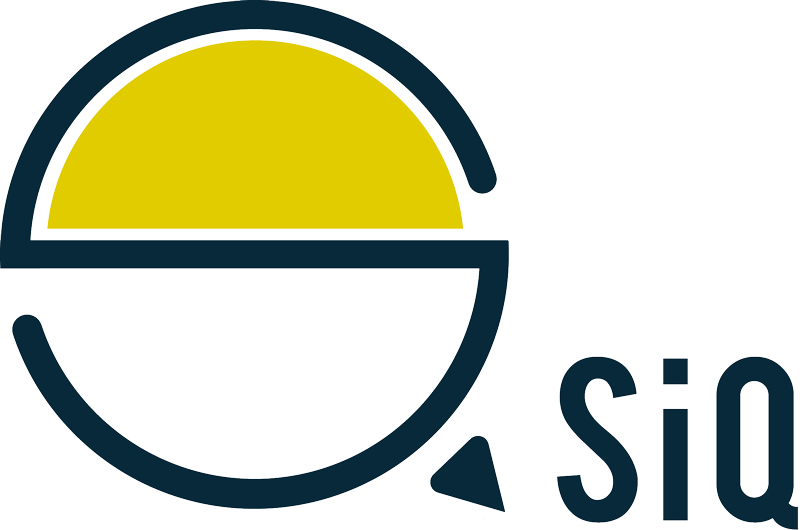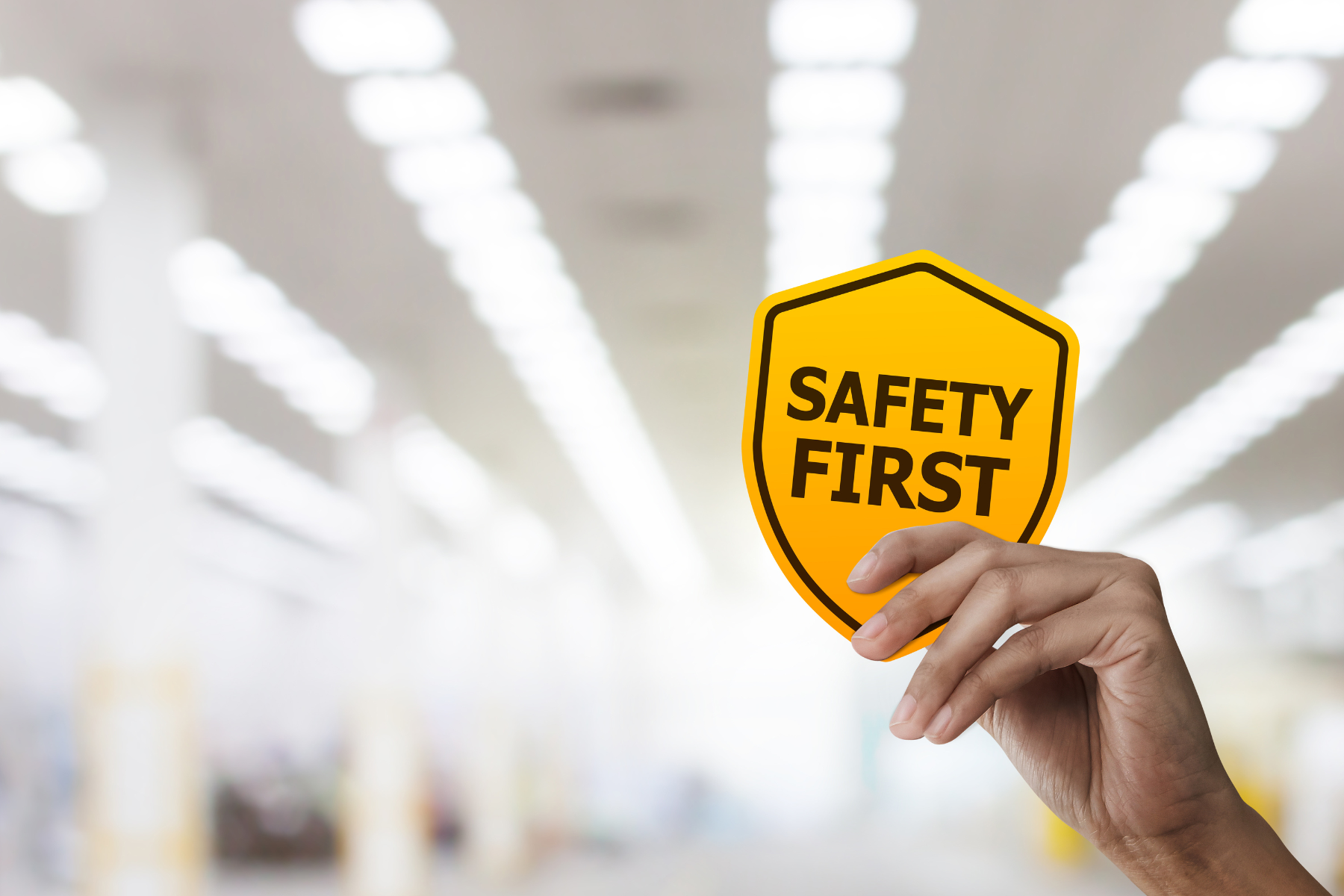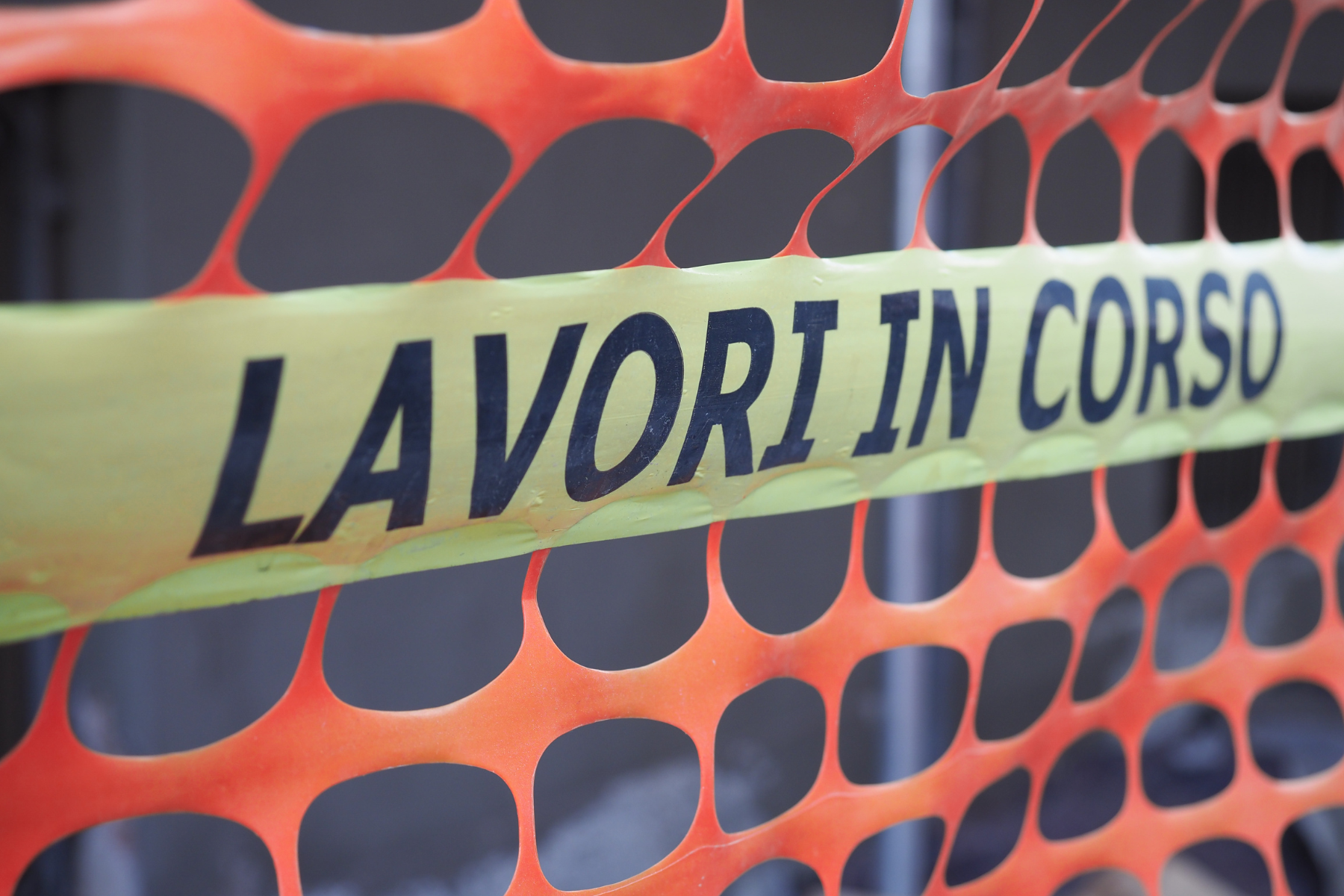Liability for workers’ injuries due to their carelessness
An occupational health and safety management system is a key tool for ensuring the protection of workers in any occupational setting. In Italy, occupational health and safety legislation is clear: the employer has primary responsibility for preventing occupational injuries and illnesses. However, on certain occasions it is difficult to determine who is responsible when an injury is caused by carelessness or noncompliant behavior on the part of the workers themselves. This issue raises important legal and ethical questions that deserve in-depth analysis.
The Health and Safety Management System: a comprehensive regulatory framework
The Management System for Occupational Health and Safety (SGSSL) is part of a regulatory framework whose main objective is the prevention of occupational accidents and illnesses. In Italy, the main law regulating occupational health and safety is Legislative Decree 81/2008, also known as the Consolidated Safety Act, which defines measures to protect the health and safety of workers.
The Decree states that employers have a duty to take all necessary measures to protect their employees by providing a safe working environment through:
- The development of a risk assessment;
- The adoption of preventive and protective measures;
- Ongoing training and information for workers;
- Supervision and verification of the effectiveness of the measures taken.
Employer’s responsibility
According to Legislative Decree 81/2008, the employer is primarily responsible for safety at work. This means that he must implement all necessary measures to protect workers and minimize risks. Among the employer’s obligations are:
- The preparation and updating of the risk assessment document (DVR);
- The adoption of personal protective equipment (PPE);
- Ongoing training of employees on the specific risks of their jobs;
- The assurance of a health hazard-free work environment.
The employer is not only responsible for harmful events resulting from the negligence or error of its personnel, but also for those that might result from the lack of adequate preventive measures. However, liability is not always exclusive, especially in cases where injuries are caused by careless or negligent behavior on the part of the workers themselves.

The question of recklessness
Italian legislation provides that the worker also has responsibilities in ensuring his or her own safety in the workplace. Specifically, Article 20 of Legislative Decree 81/2008 states that the worker must:
- Cooperate with the employer in implementing safety measures;
- Use the provided protective equipment correctly;
- Report any hazardous conditions that may endanger your own safety or the safety of others.
When an occupational injury is caused by carelessness or negligent behavior on the part of the worker, issues related to subjective liability are raised. Recklessness refers to behavior that, while not intentionally harmful, violates expected rules of safety and prudence, exposing the worker himself or others to avoidable risks. A typical example might be the incorrect use of a tool or carelessness in the use of personal protective equipment (PPE).
In such cases, responsibility for the accident may be attributed, in whole or in part, to the worker, but only when there is evidence that the accident was caused by blatantly reckless or negligent behavior, with no external factors contributing to the accident.
Prevention and safety culture: an integrated approach
The key to reducing workplace accidents lies in creating a safety culture that involves all stakeholders. Continuous training of workers, adoption of safe procedures and updating safety measures are all key elements in this process.
An effective Health and Safety Management System must involve not only the employer but also the workers, who must be aware of the risks and adopt responsible behavior. It is essential that both actors-employer and worker-actively work together to reduce risks and promote a safe working environment.
Liability for workplace injuries is a complex issue involving both the employer and workers. Although the employer is primarily responsible for workplace safety, careless conduct by workers cannot be ignored. Establishing a robust health and safety management system, including ongoing training, the use of protective equipment and careful monitoring, is critical to preventing accidents. In addition, a safety culture that involves all parties is key to ensuring that responsibility is shared and to minimizing the risk of workplace accidents.
SiQ, with its occupational safety consulting services, supports companies on a daily basis in creating a strong safety culture, offering specialized training and tailored solutions to ensure full compliance with regulatory requirements. Through an integrated and proactive approach, SiQ helps companies implement effective health and safety management systems, reducing risks and promoting safer work environments that comply with current regulations.







